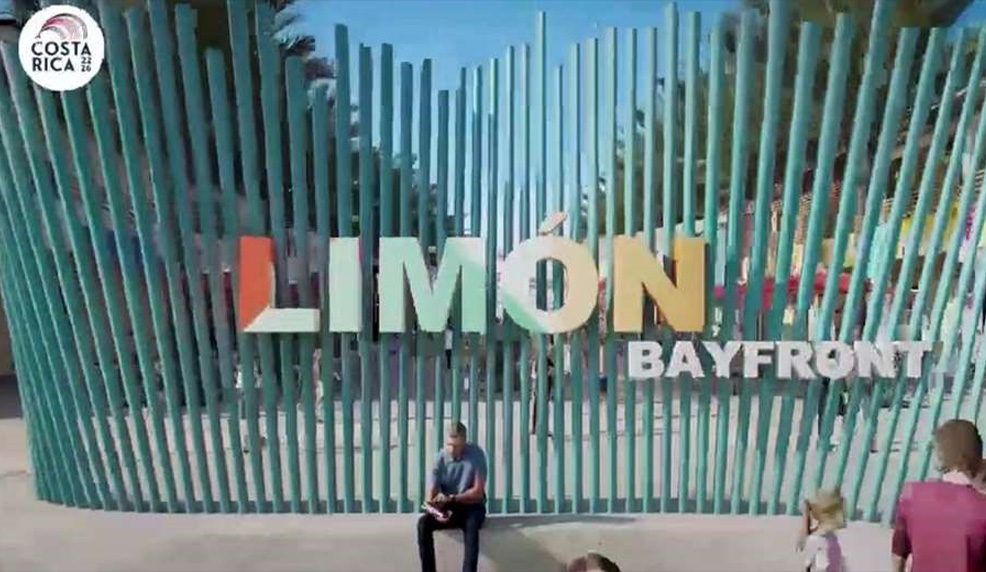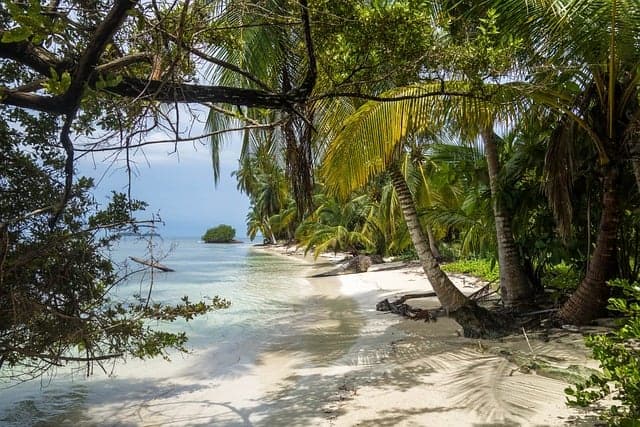
As a history buff who’s traveled across Costa Rica, I’m drawn to Limón’s rich cultural mix. This coastal city on the Caribbean side bursts with stories of indigenous roots, Afro-Caribbean influence, and modern growth. My recent visit left me amazed by its past and present, so let’s explore Limón’s history, from its first peoples to its role as a diverse hub today.
Indigenous Roots and Early Days
Limón’s story begins with its indigenous peoples, who thrived long before European contact. Groups like the Bribri, Cabécar, and Talamancan lived off the land, cultivating cacao, bananas, and yucca while fishing and hunting in the rainforests and along the coast. Their communities had strong social structures, with leaders and shamans guiding daily life. They held a deep spiritual connection to nature, honoring spirits in rivers and forests.
Christopher Columbus landed near Limón in 1502, marking the start of colonization. Disease and conflict decimated indigenous populations, and many survivors were pushed to reserves. Today, about 7% of Limón’s population is indigenous, mostly in Talamanca, where Bribri and Cabécar languages persist. Cultural festivals, like those in Puerto Viejo, celebrate traditional dances and crafts, though communities face challenges like limited access to fertile land. Efforts to teach indigenous languages in schools are helping preserve their heritage.
Afro-Caribbean Immigration and Cultural Impact

The late 1800s brought a wave of Afro-Caribbean immigrants to Limón, reshaping its identity. Starting in 1872, Jamaican workers arrived to build a railroad linking San José to Puerto Limón, driven by the need to export coffee and later bananas. Thousands settled, joined by others from Barbados and the Caribbean, working for the United Fruit Company. Their arrival laid the foundation for Limón’s unique cultural blend.
These immigrants introduced Limonese Creole, a mix of English and local influences, still spoken by many. Their cuisine—dishes like rondón (seafood stew), coconut rice, and patí (spicy pastries)—fuses Caribbean and Costa Rican flavors. Music is a cornerstone, with calypso, reggae, and salsa filling the air.
The Limón Carnival, held every October, draws 25,000 people for parades, costumes, and concerts, celebrating Afro-Caribbean roots. Border towns like Cahuita host similar events, sometimes blending Nicaraguan rhythms. Despite their contributions, Afro-Caribbeans faced discrimination, including a 1935 ban on Pacific coast jobs, lifted in 1948. Today, they make up 24% of Limón’s population, though economic barriers persist.
Economic and Social Transformations
Limón’s economy has seen ups and downs. Puerto Limón’s port, boosted by the Panama Canal’s expansion, handles global trade, from bananas to electronics. Tourism is growing, with Cahuita National Park and Tortuguero’s turtle nesting sites attracting visitors. Eco-lodges and restaurants cater to travelers, but infrastructure lags—many rural areas lack reliable roads or electricity. A proposed marina and airport in 2025 could spark growth, though locals worry about environmental impacts.
Socially, Limón is a melting pot. Mestizo, Afro-Caribbean, indigenous, and Chinese communities coexist, with mestizos making up 75% of the population. Education has improved, with new schools and universities, but unemployment reached 13% in 2021, hit hard by COVID-19’s toll on tourism. Crime, linked to drug trafficking through the port, is a challenge, with Puerto Limón reporting high murder rates in 2024. Community programs, like youth music workshops, aim to curb violence.
Sustainability is a priority. Limón leads in eco-tourism, with businesses protecting coral reefs and rainforests. The Limón Carnival adopted green practices, like reusable cups, and indigenous-led tours in Talamanca teach conservation. Still, locals call for more government support to ensure Limonenses, not just foreign investors, benefit from growth. Border areas like Puerto Viejo are seeing small-scale tourism projects, blending Panamanian and Costa Rican influences.
Limón’s Population Breakdown
| Group | Percentage | Key Areas |
|---|---|---|
| Afro-Caribbean | 16% | Puerto Limón, Cahuita |
| Indigenous | 7% | Talamanca reserves |
| Chinese | <1% | Puerto Limón |
| Mestizo/Mixed | 75% | Province-wide |
This table shows Limón’s diverse makeup, helping readers grasp its cultural mix.
Final Thoughts
Limón’s history is a vibrant mix of indigenous resilience, Afro-Caribbean spirit, and modern ambition. From Bribri traditions to calypso beats, its people have crafted a city unlike any in Costa Rica. Despite challenges like crime and uneven development, Limón shines with its food, music, and natural beauty. If you’re into history or seeking a unique travel spot, head to Limón for its beaches, rondón, and stories of strength. It’s a place that sticks with you.

